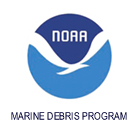|
|
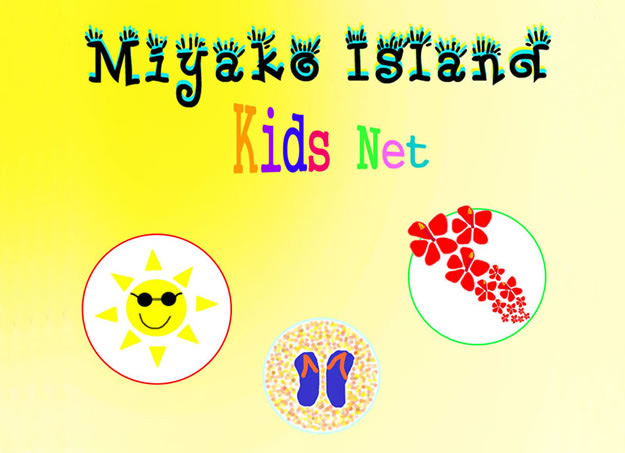
| Miyakojima-Kidsnet.org is primarily an experimental regional educational program for children based on a sociocultural and environmental research project on the remote Japanese islands of Okinawa.
The goal of Miyako Island (Miyakojima) Kidsnet.org is to provide a platform for exchanging ideas and potential solutions to problems that small islands face. Not only should adults consider this issue, but young people should also engage by considering the problems of small islands and seeking their unique solutions as competent environmental and sociocultural stewards in the region.
For the practical execution of this intergenerational outreach initiative, we request that readers of all ages share the material provided on this website with children and young people to find solutions to improve environmental conditions and conserve the island's natural resources. |
 |
 |
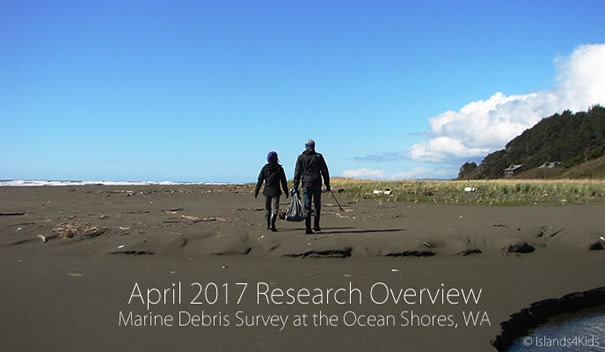
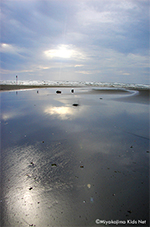 |
On Oct. 11, 2015, we did another arrival situation research of Japan Tsunami debris and Asian marine debris at the coast of Ocean Shores in Washington State.
Please click here for more detail.  |
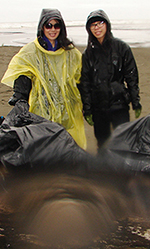 |
On March 22, 2015, we did another arrival situation research of Japan Tsunami debris and Asian marine debris at the coast of Ocean Shores in Washington State.
Please click here for more detail.  |
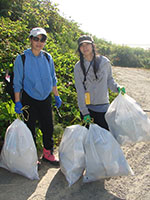 |
On July 17, 2014, we did another arrival situation research of Japan Tsunami debris and Asian marine debris at the coast of Ocean Shores in Washington State.
Please click here for more detail.  |
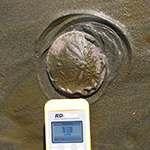 |
On March 24, 2014, we did another arrival situation research of Japan Tsunami debris and Asian marine debris at the coast of Ocean Shores in Washington State.
Please click here for more detail.  |
| The marine debris cleanup and research program "Priority Number One" is one of our recent activities to further spread our information and allow for more children to participate in this cause. |
 |
   |
|
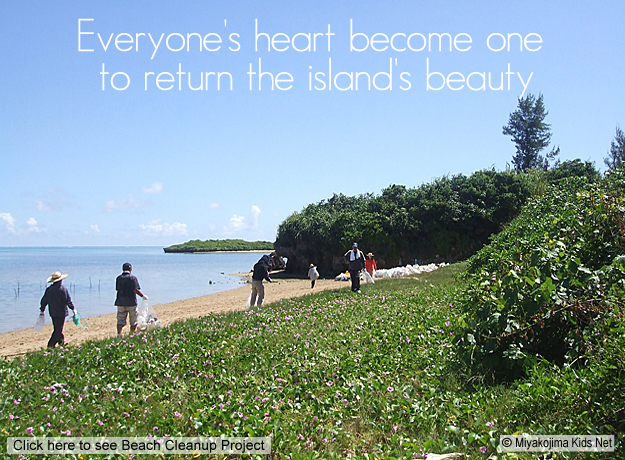
 |
| This new map shows the general areas where tress or plants are located on the island. Using the "Remote Sensing Extraction System", we can see just how little vegetation there are compared to developed areas.Please click the image for more detail. |
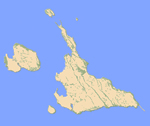 |
|

|














